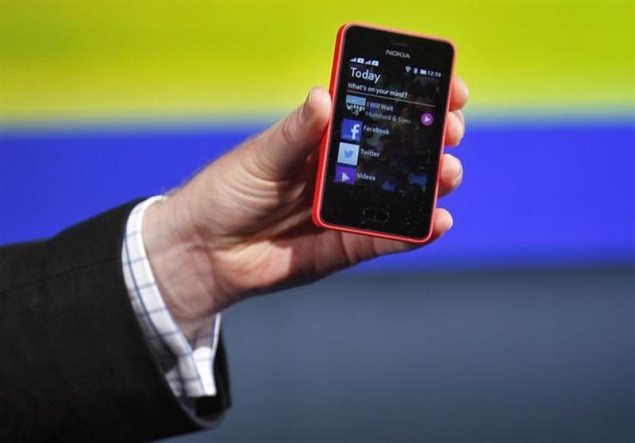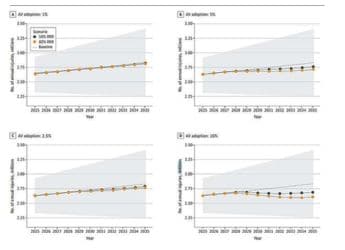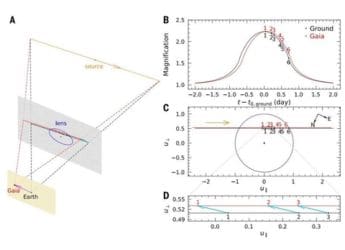- Home
- Mobiles
- Mobiles News
- Nokia's $99 Asha 501 guns for the emerging markets
Nokia's $99 Asha 501 guns for the emerging markets

On Thursday, Nokia CEO Stephen Elop unveiled a new $99 phone in its mid-range Asha line at a launch in India, one of the most important markets in his bid to revive the struggling Finnish firm.
The new phone offers Internet access on a touch-screen with built in applications for popular social media sites and more features than earlier models, which fell short of a full-fledged smartphone.
He also announced a revamp of the Asha software platform in the hope of persuading more developers to write applications for Asha phones.
Elop, hired in 2010 to turn around the once-dominant handset maker, is under pressure as a controversial decision to switch to Microsoft Corp's Windows software is yet to bear significant results after two years, with shareholders this week saying he should reconsider the move.
Although more people are buying phones with computer-like features, most of the handsets Nokia sells are regular phones. Its failure to cash in on the smartphone boom saw it last year cede its 14-year reign as the world's top phonemaker to South Korea's Samsung Electronics.
"The market is undeniably moving towards smartphones - although India may be moving at a slower pace than the likes of China, but it is still the case," said Jessica Kwee, a Singapore-based analyst at research firm Canalys.
While Nokia has seen brisk sales of its Windows-based Lumia smartphones, it still has just a 5 percent share of a global smartphone market dominated by Samsung and Apple Inc.
So-called "smart feature phones" like those in the Asha range, which have limited smartphone capabilities such as Internet and email access and touch screens but are cheaper than the likes of Samsung's high-end Galaxy models or Apple's iPhone, are crucial to Nokia's future as it defends its leading market share in emerging economies such as India and Africa.
The launch of Asha, which means "hope" in Hindi, last year helped Nokia recapture some of its lost share in India and retain its leadership at about 26 percent of a market where it faces growing competition from Samsung and local rivals such as Micormax, Karbonn and Lava.
The new Asha 501 launched on Thursday has design elements similar to the higher spec Lumia line, features applications for social media sites such as Facebook, LinkedIn, and Twitter, and supports Indian languages.
Nokia said the Asha software development kit would make it easier for developers to come up with smartphone-like apps and to sell content from within them. The in-application payment system would be launched in a few weeks, Nokia said in a statement.
Bright spot
India has been a rare bright spot for struggling Nokia, which has seen its sales fall year-on-year for eight straight quarters. It was Nokia's No.2 market in 2012 after China in net sales and has been relatively steady compared with China, where net sales fell nearly 60 percent last year.
"India is very important," said Elop. "India is a bellwether market, it's a very leading indicator of some of the trends, some of the new technologies, some of the new consumer requirements that people are asking for."
For the three months to March, Nokia had a 23 percent share of mobile phone sales in India, the world's second-biggest cellular market by customers, Strategy Analytics estimates. Three years ago it controlled more than half the Indian market.
Nokia's "production, pricing and mindset have been long established to churn out millions of standardised models at low prices," said Neil Mawston, British-based executive director at Strategy Analytics, but added the company faces "strong headwinds" from local competition.
Android competition
The biggest threat for Nokia in the low-end segment of Internet-enabled phones is cheaper devices running on Google Inc's Android software, typically made in China and Taiwan and shipped worldwide to be sold by local companies.
In India, the cheapest Android phone available from online retailer Flipkart.com is priced at about $61, whereas a touch-screen Asha phone starts at $72.
For the first time, global smartphone shipments overtook that of smart feature phones in the three months to March.
The challenge for Nokia is to convince entry-level smartphone buyers that the Asha can fulfil their needs and give a smartphone-like experience, said Rajat Agrawal, executive editor at gadget reviewer BGR India.
"These are the devices they think will compete with the $100-$150 Android smartphones. The biggest challenge over there is the whitebox manufacturers," he said, referring to low-cost Android phones.
The new Nokia phone has a lengthy 17 hours of talk time and 48 days of standby time, an attractive feature in a country like India where many people don't have regular access to electricity and power cuts are frequent.
"Nokia needs a killer model for the high-growth smartphone market an iPhone 3G or Galaxy S1, a revolutionary model that stands apart from the rest on usability or design and one that will ship tens of millions of units worldwide," said Mawston.
"Nokia's task for recovery is easy to say, hard to do."
© Thomson Reuters 2013
Catch the latest from the Consumer Electronics Show on Gadgets 360, at our CES 2026 hub.
Related Stories
- Samsung Galaxy Unpacked 2025
- ChatGPT
- Redmi Note 14 Pro+
- iPhone 16
- Apple Vision Pro
- Oneplus 12
- OnePlus Nord CE 3 Lite 5G
- iPhone 13
- Xiaomi 14 Pro
- Oppo Find N3
- Tecno Spark Go (2023)
- Realme V30
- Best Phones Under 25000
- Samsung Galaxy S24 Series
- Cryptocurrency
- iQoo 12
- Samsung Galaxy S24 Ultra
- Giottus
- Samsung Galaxy Z Flip 5
- Apple 'Scary Fast'
- Housefull 5
- GoPro Hero 12 Black Review
- Invincible Season 2
- JioGlass
- HD Ready TV
- Laptop Under 50000
- Smartwatch Under 10000
- Latest Mobile Phones
- Compare Phones
- Vivo Y50e 5G
- Vivo Y50s 5G
- Realme 16 Pro+ 5G
- Realme 16 Pro 5G
- TCL Nxtpaper 70 Pro
- OPPO A6 Pro 5G
- Honor Power 2
- OPPO A6s
- Zephyrus Duo 16 (2026)
- Asus ROG Zephyrus G16 (2026)
- Realme Pad 3
- OPPO Pad Air 5
- Xiaomi Watch 5
- Huawei Watch 10th Anniversary Edition
- Acerpure Nitro Z Series 100-inch QLED TV
- Samsung 43 Inch LED Ultra HD (4K) Smart TV (UA43UE81AFULXL)
- Asus ROG Ally
- Nintendo Switch Lite
- Haier 1.6 Ton 5 Star Inverter Split AC (HSU19G-MZAID5BN-INV)
- Haier 1.6 Ton 5 Star Inverter Split AC (HSU19G-MZAIM5BN-INV)

















